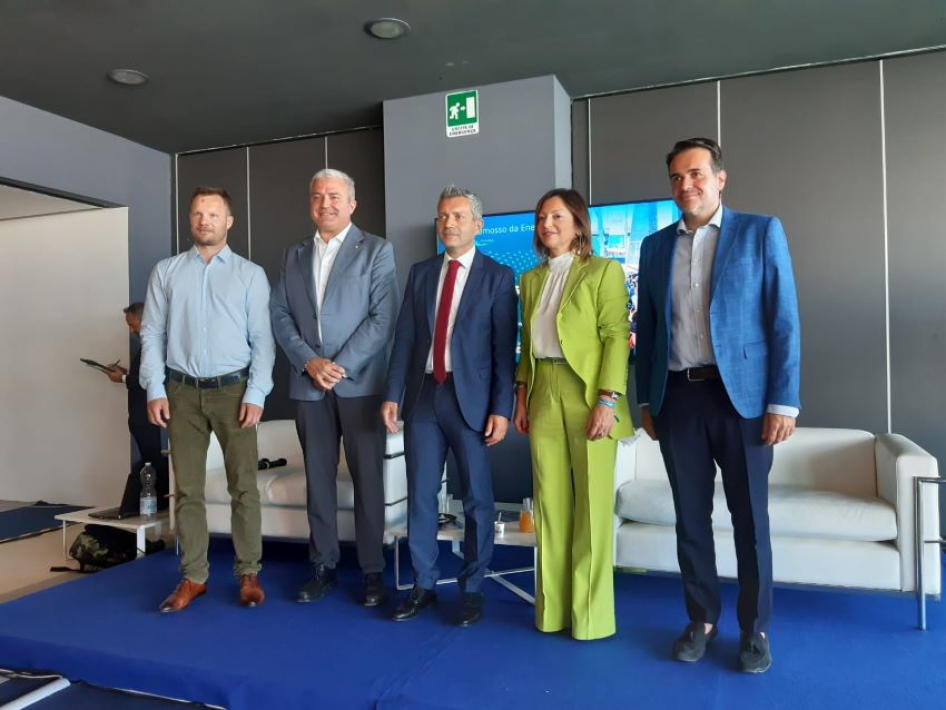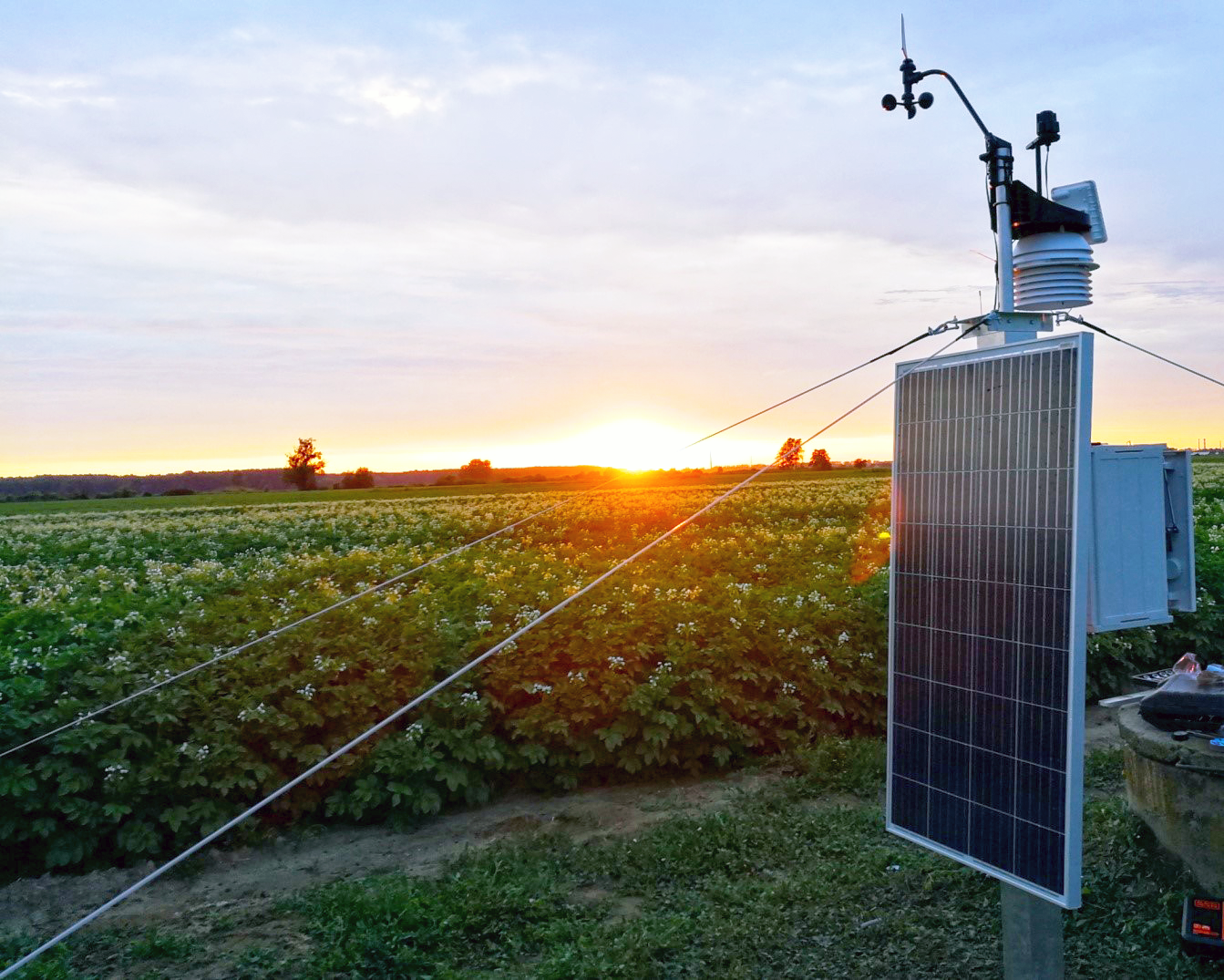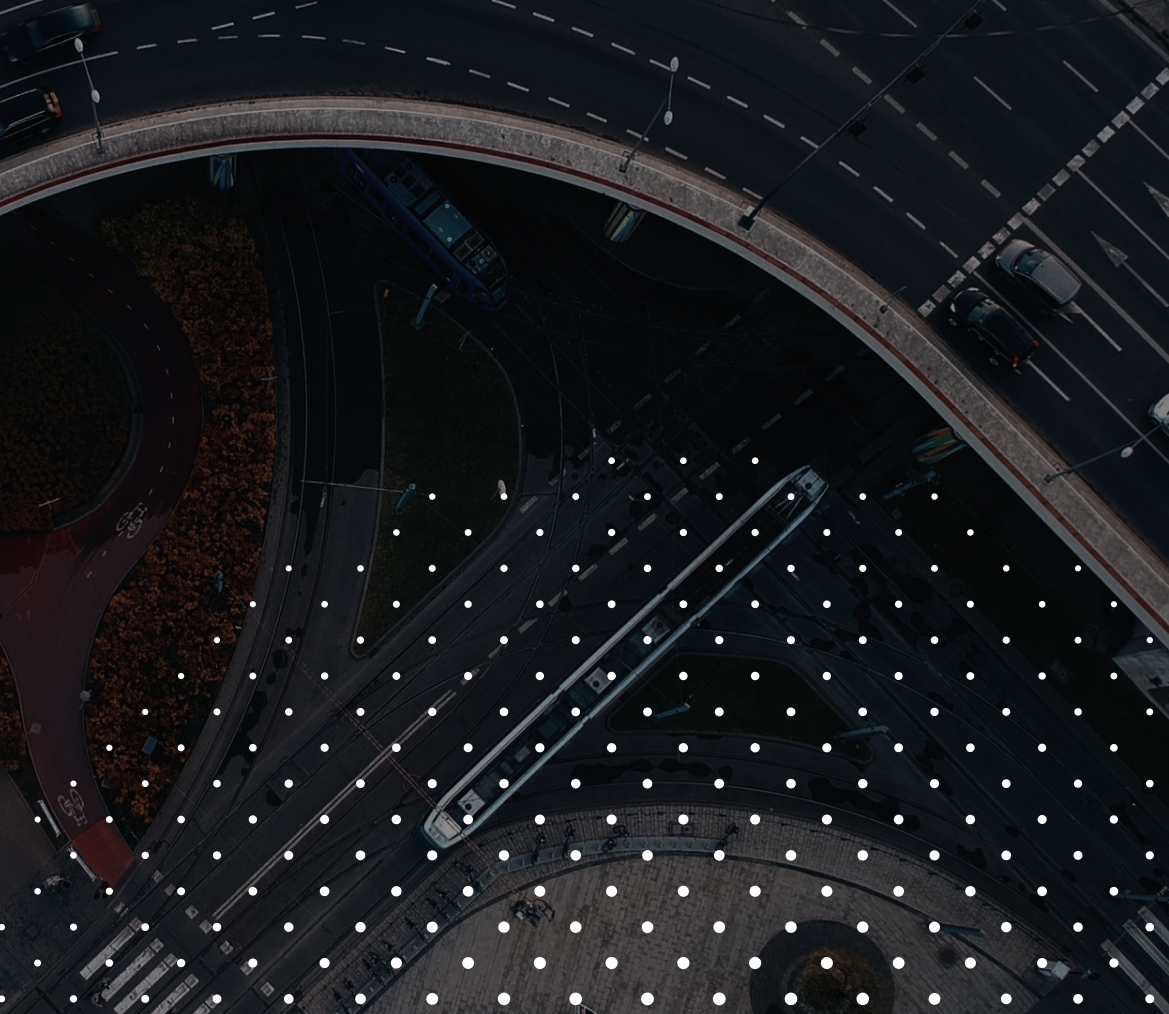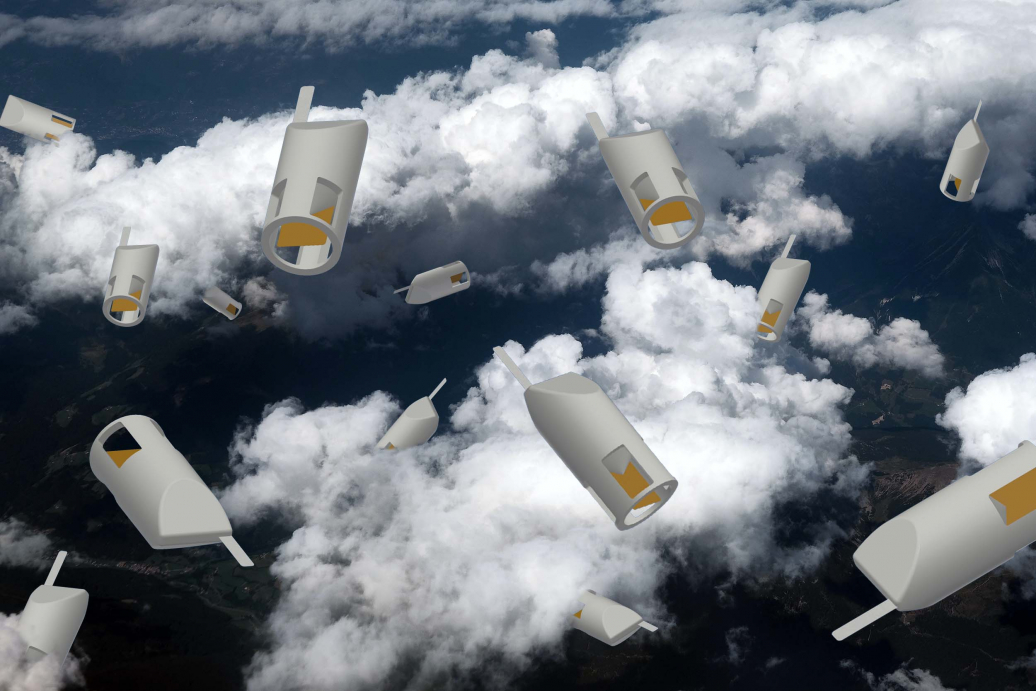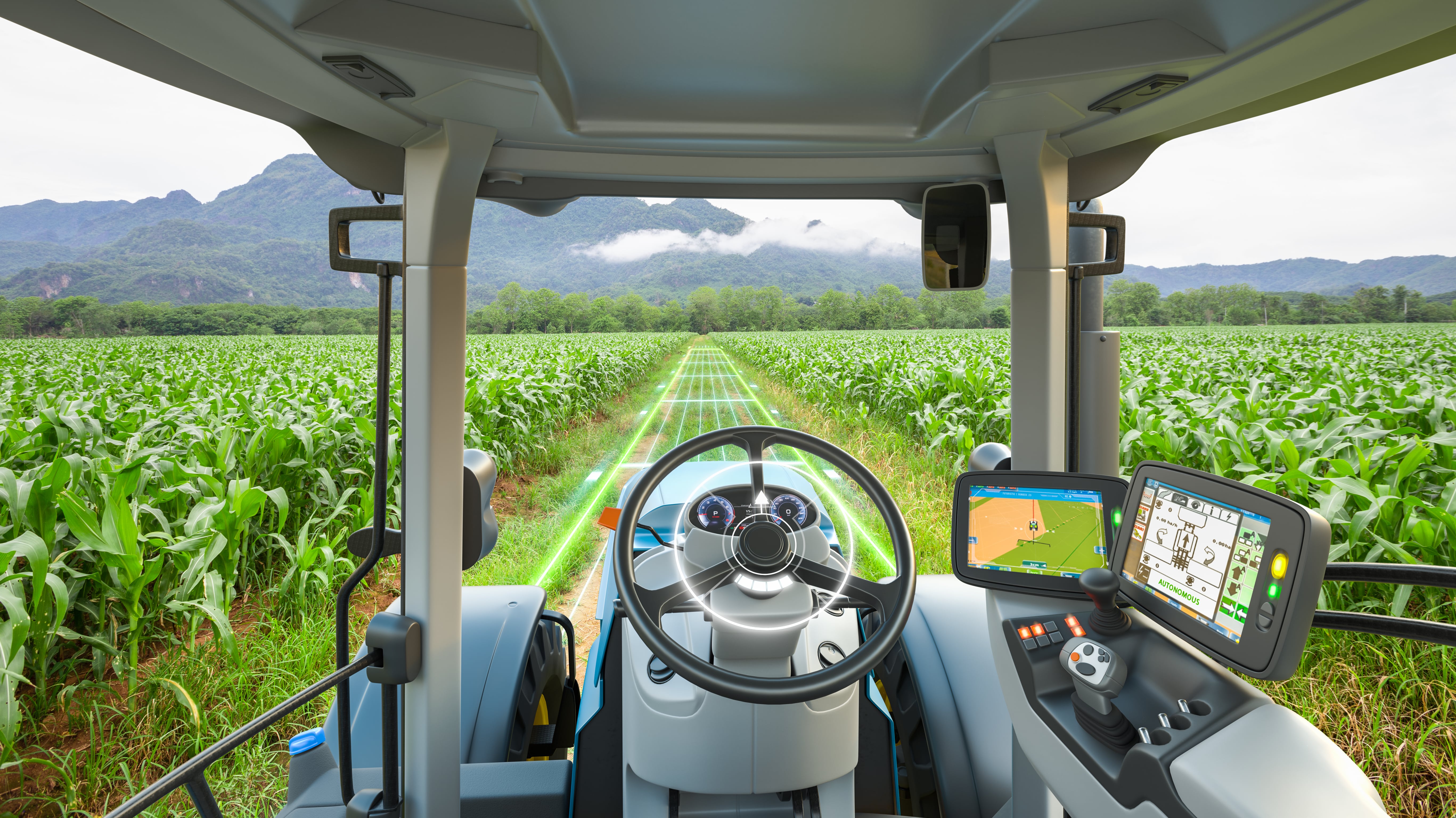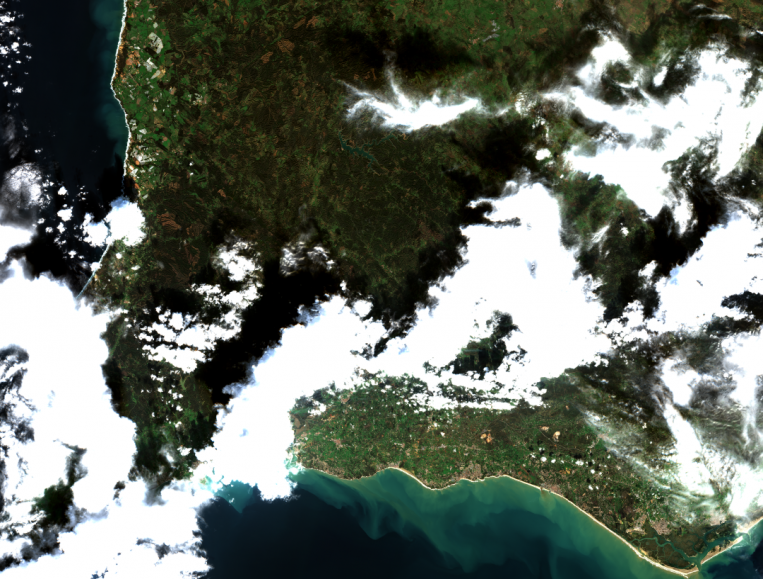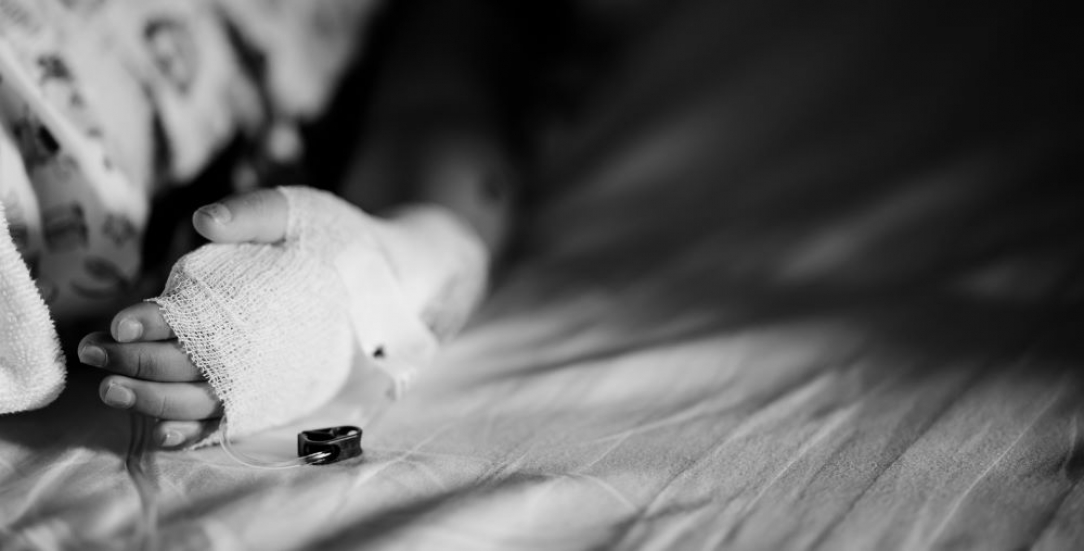"Eyes on Plastic" - using space applications to accelerate a green transition
The "Eyes on Plastic" conference, organised by Enel with the participation of the European Space Agency (ESA) and the Municipality of Genoa, was held today as part of the Ocean Race event. The meeting was attended by the Mayor Marco Bucci, Marco Campomenosi, Deputy of the European Parliament, Sergio Liardo, Admiral Inspector (CP) Maritime Director of Liguria, Sonia Sandei, Head of Electrification at Enel Group, Davide Coppola, Head of Space Applications Initiatives at ESA and Alfredo Viglienzoni, Director of the Technology Office Area of the Municipality of Genoa.
The initial results from the Memorandum of Understanding (MoU) on the use of space technologies and applications to accelerate green and blue innovation, which was signed by the three parties in January 2022, were presented during the conference. As part of the MoU, the three parties have committed to supporting the development of innovative space applications relating to the blue economy, green mobility, the port and infrastructure.
"Eyes on Plastic" is the first project to be born from the signing of the protocol and is linked to the monitoring and reuse of plastics at sea from a circular economy perspective. The project - presented by Stefan Mühlbauer, EOMAP Project and Product Manager, and by Stefania Traverso, Head of the SIT Office at Genoa Municipality Technology Office Management, is being developed by the European consortium EOMAP. It combines data from satellite earth observation, sensors and on-site platforms, as well as innovative IT and algorithms, to identify the presence of plastic waste in water. The artwork "Ocean Gyre" by Raul Orvieto, made with plastic collected after the storms, was also presented.
”I am proud that Genoa has been chosen as a pilot city for this project” commented the Mayor of Genoa, Marco Bucci. “Every action that encourages innovation and improves the quality of life is essential for the city of the future. It is an important opportunity for collaboration: the dialogue between three different entities allows for the merging of skills and visions towards common objectives. Genoa wants to be at the centre of the ecological transition. The Ocean Race represents the ideal opportunity to give visibility to these projects worldwide. Everyone must be aware that ocean water is essential for the life of the planet: by respecting the oceans we respect the world. I thank Enel and ESA for the sensitivity shown on the subject and I am convinced that this collaboration will bring important results.”
“We joined this project with conviction and enthusiasm and today we are proud to present the fruits of the collaboration with ESA and the Municipality of Genoa” said Sonia Sandei, Head of Electrification at Enel Group. “Our contribution, combined with local knowledge, technological innovations and the experience of other interested parties, has made it possible to develop an innovative technology that will bring undoubted benefits to the sea, enhancing the circular economy and confirming Genoa as a leading city in the ecological transition, starting from the port and the blue economy".
ESA’s Davide Coppola said “We are proud of this project which is the first to emerge from ESA’s cooperation with the Municipality of Genoa and Enel. We are confident that this initiative will bring tangible benefits and results that will inspire future initiatives at scale.”


